Table of content
- Classic Roasted Kabocha
- Spicy Maple Glaze
- Moroccan-Inspired Spices
- Simple Steamed Kabocha
- Miso-Glazed Steamed Kabocha
- Garlic Herb Mash
- Curried Kabocha Mash
- Creamy Kabocha Soup
- Spicy Thai-Inspired Soup
- Quinoa-Stuffed Kabocha
- Mediterranean-Style Stuffing
- Kabocha Risotto
- Creamy Kabocha Pasta
- Kabocha Pie
- Kabocha Spice Muffins
- Savory Breakfast Bowls
- Sweet Oatmeal
Kabocha squash, often affectionately referred to as “Japanese pumpkin” or “Beibei pumpkin” in some regions, has emerged as a culinary darling for its naturally sweet, velvety texture and vibrant orange flesh. Unlike its starchier counterparts, kabocha boasts a unique balance of earthy richness and subtle sweetness, making it a versatile ingredient for both savory and sweet dishes. Whether you’re a seasoned home cook or a curious food enthusiast, this article will guide you through an array of cooking methods that highlight the squash’s natural flavors while elevating it to gourmet heights. From roasting and steaming to mashing and baking, we’ll explore techniques that transform this humble gourd into a showstopping meal component.
Why Kabocha Squash Deserves a Spot on Your Plate
Before diving into recipes, it’s worth understanding what makes kabocha squash so special. Native to East Asia, this winter squash variety is characterized by its dark green, bumpy exterior and bright yellow-orange flesh. Its flesh is denser than butternut squash and sweeter than acorn squash, with a texture that resembles a cross between sweet potato and chestnut. Nutritionally, kabocha is a powerhouse: rich in fiber, vitamins A and C, and antioxidants, it offers a low-calorie yet satisfying base for meals. Its natural sweetness also makes it an ideal candidate for both savory and dessert applications, bridging the gap between comfort food and health-conscious eating.
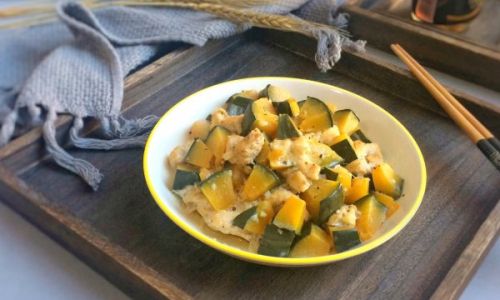
Roasting: The Foundation of Flavor
Roasting kabocha squash is perhaps the most straightforward method to unlock its caramelized depth. The high heat concentrates the squash’s sugars, creating a tender interior with a crispy, golden exterior. Here’s how to master this technique:
Classic Roasted Kabocha
- Preparation: Preheat your oven to 400°F (200°C). Wash the squash thoroughly, then slice it in half. Scoop out the seeds and fibrous strings with a spoon. For easier handling, cut the halves into wedges or 1-inch cubes.
- Seasoning: Toss the squash in olive oil, salt, and pepper. For added complexity, sprinkle with smoked paprika, garlic powder, or a pinch of cinnamon.
- Roasting: Spread the pieces in a single layer on a baking sheet. Roast for 25–35 minutes, flipping halfway, until tender and caramelized.
- Serving Suggestions: Pair with a dollop of Greek yogurt, a drizzle of honey, or a sprinkle of toasted pumpkin seeds.
Spicy Maple Glaze
Elevate roasted kabocha with a sticky-sweet glaze. Whisk together maple syrup, sriracha, soy sauce, and a touch of lime juice. Brush the mixture over the squash during the last 10 minutes of roasting for a glossy, tangy-sweet finish.
Moroccan-Inspired Spices
Toss kabocha wedges in a blend of cumin, coriander, cinnamon, and a pinch of cayenne before roasting. Serve with a side of herbed couscous and a dollop of tangy labneh.
Steaming: Preserving Nutrients and Natural Sweetness
Steaming kabocha squash is a gentle cooking method that retains its moisture and nutrients, resulting in a pure, unadulterated flavor. This technique is ideal for purées, soups, or side dishes where the squash’s inherent sweetness shines.
Simple Steamed Kabocha
- Preparation: Peel the squash (optional, as the skin is edible when cooked) and cut into uniform chunks.
- Steaming: Place the pieces in a steamer basket over boiling water. Cover and steam for 15–20 minutes, or until tender when pierced with a fork.
- Serving Ideas: Mash with a fork and mix with a pat of butter, a splash of heavy cream, and a sprinkle of nutmeg. Alternatively, toss with fresh herbs like cilantro or mint.
Miso-Glazed Steamed Kabocha
For an Asian twist, steam the squash until tender, then brush with a mixture of white miso, mirin, sake, and a touch of sugar. Broil for 2–3 minutes until caramelized.
Mashing: Creamy Comfort Food
Mashed kabocha squash offers a luxurious alternative to potatoes, with a natural sweetness that pairs beautifully with savory additions.
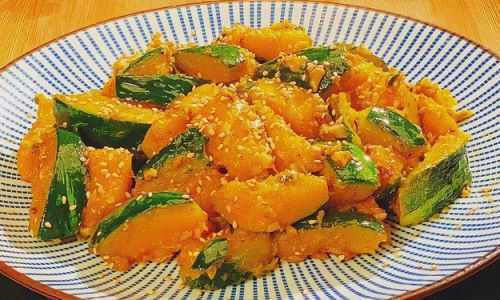
Garlic Herb Mash
- Cook the Squash: Roast or steam kabocha until tender.
- Mash: Combine the flesh with roasted garlic, butter, heavy cream, and chopped fresh herbs like rosemary or thyme. Season with salt and pepper.
- Finish: For a decadent touch, fold in grated Parmesan or a spoonful of crème fraîche.
Curried Kabocha Mash
Infuse your mash with warmth by adding curry powder, turmeric, and a pinch of ginger. Serve alongside grilled lamb chops or roasted chicken.
Soups: Silky and Satisfying
Kabocha squash’s creamy texture makes it a natural fit for soups, whether pureed or chunky.
Creamy Kabocha Soup
- Sauté: Cook diced onions, carrots, and celery in olive oil until softened. Add minced garlic and a pinch of red pepper flakes.
- Simmer: Add cubed kabocha, vegetable broth, and a bay leaf. Simmer for 20 minutes, or until the squash is tender.
- Blend: Purée the soup until smooth, then stir in coconut milk or heavy cream. Adjust seasoning with salt, pepper, and a squeeze of lime.
- Garnish: Top with toasted pepitas, a drizzle of chili oil, or crispy fried sage leaves.
Spicy Thai-Inspired Soup
Infuse your soup with lemongrass, galangal, and lime leaves. Add shrimp or tofu and finish with a swirl of coconut milk and fresh cilantro.
Stuffed Kabocha Squash: A Showstopping Main
Hollowing out kabocha squash and stuffing it creates a dramatic presentation, perfect for holidays or dinner parties.
Quinoa-Stuffed Kabocha
- Prep the Squash: Halve the squash and scoop out the seeds. Roast cut-side down at 400°F (200°C) for 20 minutes.
- Filling: Sauté quinoa with diced apples, cranberries, pecans, and fresh sage. Stuff the squash halves and roast for another 20 minutes.
- Finish: Drizzle with maple syrup and serve with a side of greens.
Mediterranean-Style Stuffing
Fill the squash with a mixture of cooked farro, sun-dried tomatoes, Kalamata olives, and feta cheese. Bake until golden and bubbly.
Risotto and Pasta: Elevating Italian Classics
Kabocha squash’s creamy texture blends seamlessly into risotto and pasta dishes, adding color and depth.
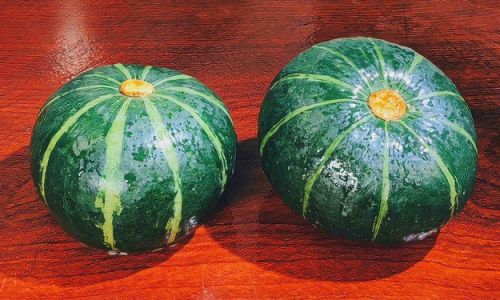
Kabocha Risotto
- Sauté: Cook Arborio rice in butter with diced shallots until translucent.
- Ladle: Add warm vegetable broth, one ladle at a time, stirring constantly. After 10 minutes, stir in kabocha purée.
- Finish: Fold in grated Parmesan, a knob of butter, and fresh thyme. Let rest for 2 minutes before serving.
Creamy Kabocha Pasta
Toss cooked fettuccine with a sauce made from kabocha purée, sage, roasted garlic, and a splash of pasta water. Top with crispy pancetta and grated Pecorino.
Desserts: Sweet Surprises
Kabocha squash’s natural sweetness lends itself beautifully to desserts, from pies to cakes.
Kabocha Pie
- Filling: Whisk kabocha purée with evaporated milk, eggs, brown sugar, cinnamon, and ginger.
- Bake: Pour into a pre-baked pie crust and bake at 350°F (175°C) for 45–50 minutes.
- Serve: Chill and top with whipped cream or a caramel drizzle.
Kabocha Spice Muffins
Fold kabocha purée into a muffin batter with oats, walnuts, and a blend of cinnamon, nutmeg, and cloves. Bake until golden and fragrant.
Breakfast Bowls: Morning Indulgence
Start your day with kabocha squash in unexpected ways.
Savory Breakfast Bowls
Mash roasted kabocha with black beans, avocado, and a fried egg. Sprinkle with chili flakes and a squeeze of lime.
Sweet Oatmeal
Stir kabocha purée into steel-cut oats with almond milk, maple syrup, and toasted pecans.
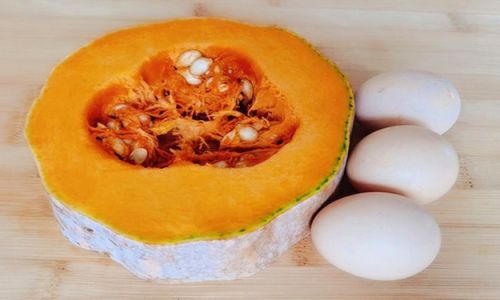
Preservation and Leftovers: Making the Most of Your Harvest
Kabocha squash stores well in a cool, dark place for up to a month. Cooked leftovers can be frozen in airtight containers for up to three months. Reheat gently in the oven or microwave, or repurpose into soups, stews, or casseroles.
Conclusion: A World of Possibilities
Kabocha squash’s adaptability makes it a kitchen chameleon, equally at home in hearty stews or delicate desserts. By experimenting with cooking methods and flavor profiles, you can transform this humble gourd into a culinary masterpiece. Whether you’re roasting it with exotic spices, blending it into a silken soup, or baking it into a decadent pie, kabocha squash invites creativity and rewards exploration. So next time you spot this vibrant squash at the market, seize the opportunity to elevate your meals—one sweet, creamy bite at a time.


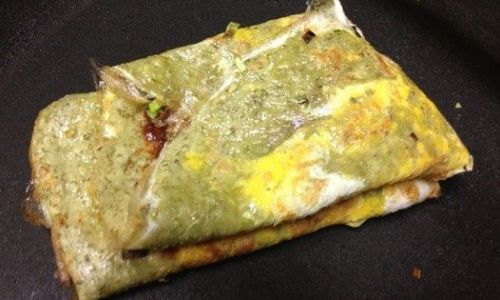
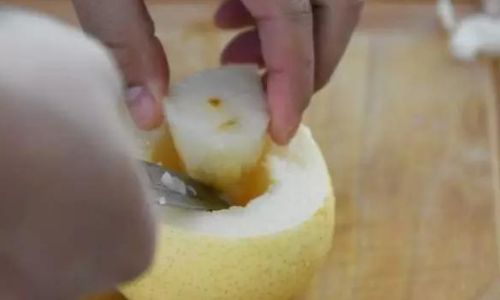

0 comments